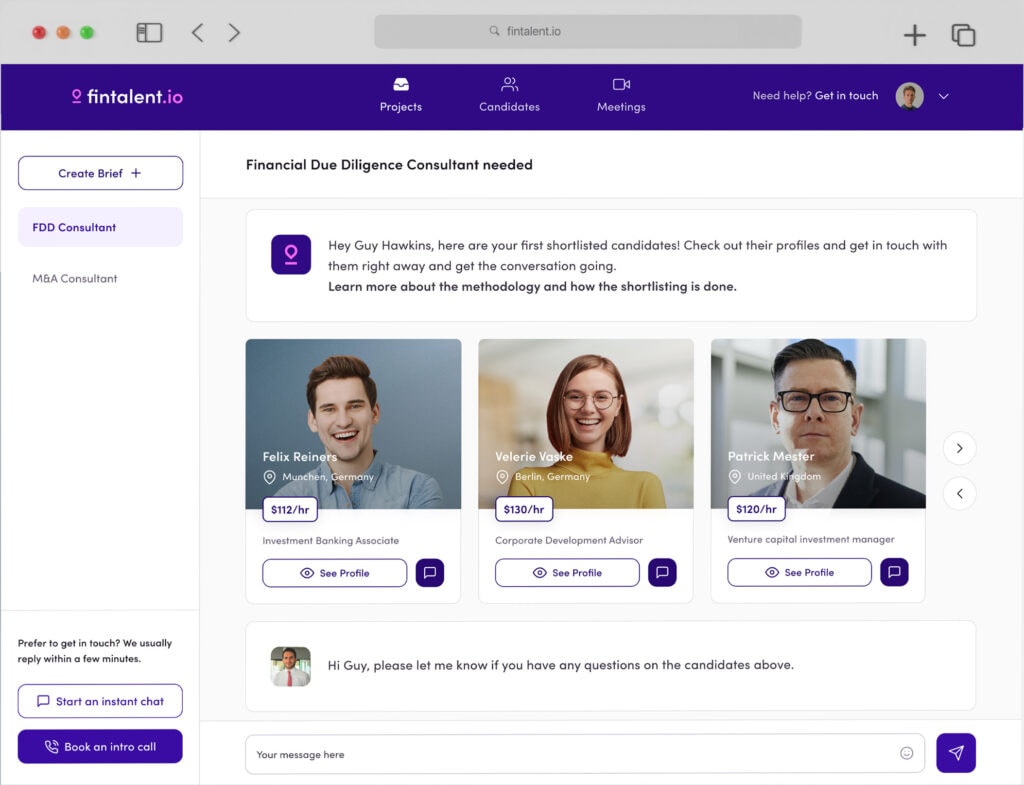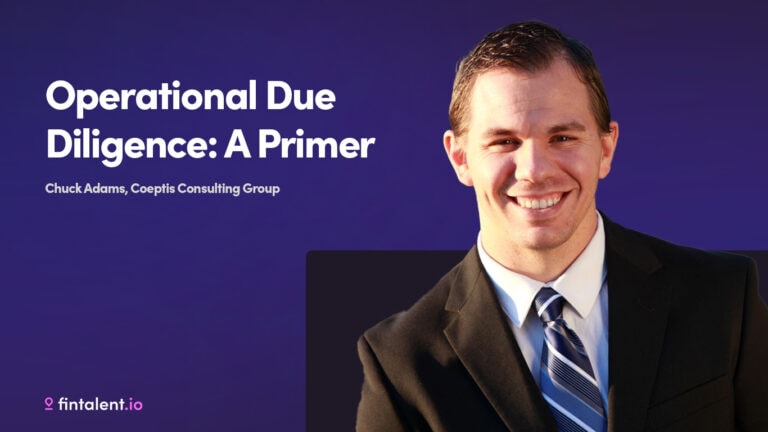What is corporate FP&A?
Financial planning and analysis (FP&A) is a broad term that encompasses a wide range of activities required to ensure the future financial health of an organization. The most common types of FP&A are forecast, budgeting, and cash management (including forecasts and budgets). In M&As, this often includes reviewing transactions with potential strategic or financial impact for both parties involved. One of the key responsibilities of a corporate financial professional is to develop an accurate and transparent view of the company’s financial performance which includes all areas, such as revenue, expenses, profits, taxes and distributions, to guide an investment decision.
The FP&A process
When companies merge or are acquired, they bring together many silos of different data sets that need to be analyzed and brought together before appropriate decisions can be made as to whether a deal is sound. One way to develop a sound basis for making such decisions is to review the financial metrics that point toward a deal’s success, as well as what might go wrong. FP&A is responsible for the latter.
These financial metrics include an accurate reporting and analysis of the company’s actual performance, not an inflated view or a worse-case scenario. Fintalent’s Corporate FP&A consultants sites an example of a project’s projected cash flow which consists of forecasts for the next one to five years after the transaction officially closes. But from there it is more important to know how the projections develop over time as a result of planned investments, need for financing and other factors that can impact future results. This requires looking at more than just the first year or two following closing.
Sometimes a company can be purchased by another without expanding its business, or it can simply mean that some services are outsourced to other companies. In this case, FP&A needs to look at internal factors that might affect the company’s financial performance in the future, such as pension plans and healthcare costs.
At what point does a company begin to see serious risks affecting its ability to operate? For example, if a company suddenly finds that it is losing money or is making losses at a rate that indicates serious problems with the business model, then any purchase of the firm would be seen as an unsustainable long-term investment. This kind of analysis focuses on how one company fits into another business’s portfolio.
FP&A and financial performance
The financial metrics that point toward a deal’s success may differ based on the type of company that is being acquired. For example, the actual performance of a service company will be measured different from that of a manufacturing company.
Financial reporting in M&A deals is an area where FP&A can make an important contribution. In such situations, companies must report financial results from two sources: the books of the company being acquired and those of the firm buying it (the acquirer). The challenge here is to ensure that both sets of data are as accurate as possible so as not to cloud judgments regarding how appropriate a deal might be.
For example, one of the most important considerations is whether a company’s financial performance is likely to be affected by acquisitions. In particular, the likelihood of write-downs or cost overruns in M&A transactions is often calculated by comparing net income from the going-concern financial statements of both companies (the “target” and “buyer”). It also involves calculating future cash flow projections. In this regard, there are various projections that include both forecasted revenue and expense growth, as well as debt levels and how long it will take to pay off an acquisition’s debt.
There are also two other cases where financial reporting can be problematic: mergers between very different businesses and companies that have abruptly changed their business model (e.g. from manufacturing to wholesale).
In this instance, financial professionals must develop an understanding of the company’s current business and its financial performance to determine whether any write-downs or cost overruns in the deal would be warranted. All of this is accomplished without having access to confidential information about the company’s current operations. This entails a careful review of all aspects of a company’s finances and projections, including key ratios and forecasts as well as benefits and risks.
One way that FP&A uses financial reporting differently from other businesses is in determining how much it costs any particular firm to operate each year. This requires making various assumptions about fixed costs (e.g., wages) and variable costs (e.g., energy consumption). These assumptions are based on many factors that affect the cost of doing business, such as:
In some cases, this kind of comparative analysis may be used to determine whether a given industry is in a cyclical or secular decline:
Fixed costs are subtracted from revenues and other operating expenses to get a “bottom line” cost of doing business. In this context, fixed costs include items that aren’t directly affected by the size of the company’s business (e.g., rent and lease payments). Some industries have long been known as cyclical and secular industries which means that they are prone to boom-bust cycles.
These cycles are driven by economic forces that tend to slow down or speed up the demand for one industry. For example, when the flow of money into an economy is strong and sustained, it will lead to job creation and innovation, which drives other industries. In contrast, during a recession, people often have less disposable income and are more interested in cheaper alternatives. As a result, certain businesses suffer as consumers make choices that go against their traditional needs.
In this context too there is a need to look at forecasts of business activity over periods of one to five years:
Such forecasts include estimates of shipments, revenues and expenses related to several different cycles (which might include boom-bust ones). When such cycles are present, it’s important to use an appropriate discount rate:
In addition to a business’ relatively stable cash flow and its financial health, there are also other elements that impact the costs of a business. For example, the cost of doing business can be affected by the regulatory environment in which a company operates. In this regard, it’s important to understand how a company would fare if there were substantial changes to government policy that might affect its operations or its ability to compete for customers.
Similarly regulatory and legal risks can have an adverse effect on cost of doing business.
For example, in some industries (e.g., gaming), laws must be changed before they can realistically become safe and profitable. In such cases too, it’s important to weigh the risks associated with legislative changes against the risks of remaining in the industry.
Forecasting is an essential activity in FP&A. It often involves managing the uncertainty that may lie ahead in uncertain environments (e.g., a global recession). This can be difficult since forecasting typically requires using information from previous years to predict future events. In this regard, there are several approaches to forecasting:
In many cases, FP&A professionals also rely on Monte Carlo simulation to determine how much revenue or profit will be created by different possible outcomes over time (e.g., business cycles).
Forecasted financial figures are often used to make business decisions. For example, the activity levels of customers will be one of the most important factors in determining whether a company makes a profit or experiences losses. In this regard, it’s reasonable for FP&A professionals to question sales forecasts provided by operational managers. This is because the quality of production forecasts are related not only to forecasting accuracy but also to management oversight and leadership.
Failure to input accurate financial figures into forecasting programs can also affect a company’s performance. For example, if sales are overestimated then revenues will be higher than necessary and extra expenses will have been incurred (e.g., more employees may be hired).
In this regard, it’s important to note that the problem is not limited to one type of forecasting. Weighing uncertainties and calculating risks can be very complex and therefore, it’s reasonable to question managers’ forecasts on issues like the business cycle, the cost of doing business, or the regulatory environment.
For some firms and industries, using projections as a basis for decision making may create problems (e.g., companies may decide on expansion or consolidation when such decisions are not warranted). For example, in times of economic uncertainty (e.g., a recession), future output will likely be lower than expected and this could result in losses if costs continue to rise. This can happen regardless of whether a company is using projections to assess its financial health. In this regard, FP&A professionals consider the relevance of forecasts in determining whether a business will be able to sustain itself.
In some cases, projections of future revenue could differ from expected fluctuations in government policy and customer demand. In this regard, it’s important to note that investment decisions can be affected by current laws (including taxes and regulations) or by fluctuations in tax revenues. Although such changes are unlikely to lead to financial losses for FP&A professionals (e.g., banks or law firms), they can affect business results and lead to unexpected consequences for other stakeholders (e.g., customers).
The time frame in which FP&A professionals make their forecasts is important for understanding their impact on business results. In this regard, there are many different factors that influence the accuracy of forecasts:
Forecasting methodologies can have a major effect on the accuracy of forecasted figures. For example,
If an investment decision is made based on the outcomes of a forecasting exercise, it’s important to determine whether one approach is more accurate than another.
Although forecasting involves using data from previous periods to generate predictions, this process can also be used to evaluate past decisions. In this regard, FP&A professionals often look at forecasted figures over a period of several years (e.g. 2–5 years) to determine whether a company can continue to exist.
The time frame of forecasting exercises provides information on the nature of business cycles and the possible effects of cyclical fluctuations on a company’s results. For example, it may be reasonable to review the performance over a period of 3 years if there was little fluctuation in revenue or costs (i.e., if business cycles were not significant). However, if one cycle lasts for several years, it’s reasonable to review revenue and cost projections over periods longer than one year (e.g., 2–5 years).
Forecasting also covers important activities such as team building and goal setting, as well as monitoring progress against other tasks with which they are associated (e.g., project management). To understand the difference between forecasting and monitoring processes, think of a blind person who cannot see where they are going. On the other hand, somebody who is blind from birth will be more likely to ask for directions when walking down a street than someone who is sighted. Similarly, forecasting and monitoring are two different activities.
An important aspect of forecasting is to identify risks associated with business decisions (e.g., competition, government policy). Like any decision making tool, forecasts provide estimates that help improve an organization’s ability to understand the future. It’s difficult in many cases to tell whether or not a forecast will prove accurate (e.g., there are many factors that affect the accuracy of forecasts). However, it’s generally reasonable to assume that the process can generate a forecast that is at least fairly accurate.
The way in which forecasts are used and the potential for bias (whether conscious or not) can also affect their accuracy. For example, if a forecast is simply used to make decisions then it’s less likely to reflect the real situation.
Fintalent’s freelance FP&A consultants, have a responsibility to understand how a forecasting process will work before agreeing to use one of such. This becomes especially important when forecasting has been agreed upon by stakeholders who are not knowledgeable about it (e.g., managers).























